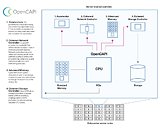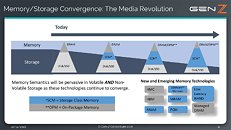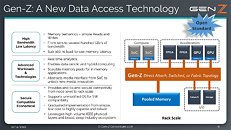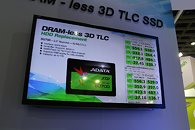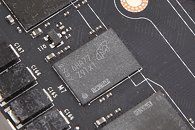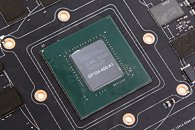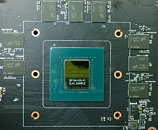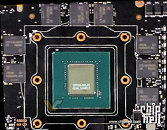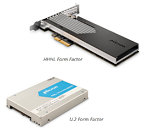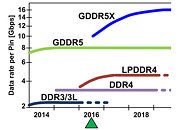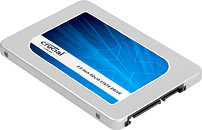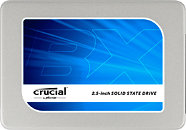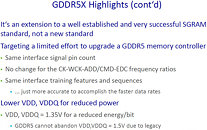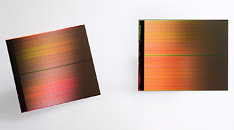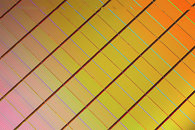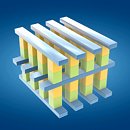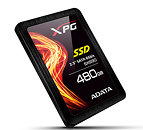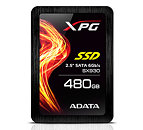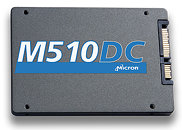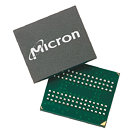
Intel Readies TLC 3D NAND Flash Based 610P Series PCIe SSD for 2017
Intel is readying a follow-on to its 600P series performance-segment PCIe solid-state drive (SSD) series, with the 610P series. Built in the M.2-2280 form-factor, with PCIe gen 3.0 x4 bus interface, and support for the NVMe protocol, the SSD 610P will be based on TLC 3D NAND flash by IMFlash Technology, the company's joint-venture with Micron Technology. The SSD 610P series will come in capacities of 128 GB, 256 GB, 512 GB, 1 TB, and 2 TB.
The company is also working on a smaller M.2-1620 variant for notebooks and SFF desktops, which will feature a BGA version of the SSD. These are multi-chip modules of NAND flash stacks and SSD controllers bundled into single packages. The BGA variants will come in sizes of 128 GB, 256 GB, and 512 GB. Not much else (performance figures) are known about these drives, except that Intel plans to release these towards Q4 2017 (after September).
The company is also working on a smaller M.2-1620 variant for notebooks and SFF desktops, which will feature a BGA version of the SSD. These are multi-chip modules of NAND flash stacks and SSD controllers bundled into single packages. The BGA variants will come in sizes of 128 GB, 256 GB, and 512 GB. Not much else (performance figures) are known about these drives, except that Intel plans to release these towards Q4 2017 (after September).


